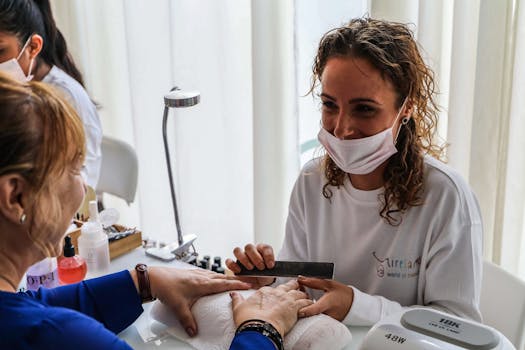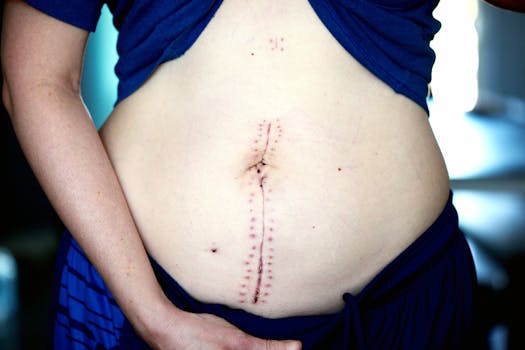If you’ve been researching options to reduce the appearance of bulky upper arms, you may have come across the term arm fat reduction treatment. This article explains what those treatments are, how they work, who tends to benefit most, and what realistic outcomes and recovery look like. Whether you’re weighing noninvasive technologies or surgical approaches, understanding the options helps you match goals, risks, and recovery time to your lifestyle.
Arm fat-reduction options: an overview
There are several ways clinicians and aesthetic providers address excess subcutaneous fat in the upper arm. They fall into broad categories: noninvasive (cooling, radiofrequency, focused ultrasound), minimally invasive (laser-assisted techniques, injection lipolysis), and surgical (traditional liposuction and brachioplasty). Each option targets fat and skin differently, and appropriate patient selection is essential. Arm fat reduction is not a one-size-fits-all procedure; the best choice depends on fat volume, skin laxity, medical history, and recovery tolerance.
Noninvasive treatments
Noninvasive devices use controlled cooling, heat, or ultrasound to damage fat cells, which are then eliminated by natural metabolic processes over weeks to months. These approaches are attractive for people who want minimal downtime and gradual results. Typical candidates have mild to moderate localized fat deposits with good skin elasticity. Outcomes are usually subtle and may require multiple sessions to achieve noticeable change.
Minimally invasive and surgical options
Minimally invasive methods—such as tumescent or laser-assisted lipolysis—use small cannulas or needles to disrupt fat cells, often with local anesthesia and quicker recovery than traditional surgery. Full liposuction provides more dramatic contouring and is often combined with skin-tightening procedures if skin sagging is present. For significant excess skin, brachioplasty (arm lift) removes redundant tissue and repositions the remaining skin. These surgical routes typically yield the most pronounced results but come with greater downtime and scarring considerations.
Who is an ideal candidate?
Good candidates for arm fat reduction vary by procedure:
- Noninvasive options: people with mild localized fat and good skin tone who want minimal downtime.
- Minimally invasive lipolysis: those with moderate fat pockets who prefer a less invasive alternative to full surgery.
- Liposuction or brachioplasty: individuals with larger fat deposits or significant skin laxity seeking more dramatic contouring.
Medical conditions, smoking status, and realistic expectations are also important. A consultation with a board-certified plastic surgeon or qualified cosmetic clinician will include a physical exam and a discussion of goals, risks, and alternatives.
What to expect during recovery and results
Recovery varies by approach. Noninvasive treatments often allow immediate return to normal activities with only mild soreness. Minimally invasive procedures may require a few days of limited activity and compression garments, while surgical options typically involve one to several weeks of recovery and temporary restrictions on lifting.
Results can appear over weeks to months as inflammation subsides and the body clears disrupted fat cells. For combined procedures—such as liposuction plus skin tightening—the timeline for visible improvement may be longer, but the contour changes are usually more pronounced. For perspective on recovery timelines from cosmetic procedures, you can compare recovery expectations to other aesthetic surgeries, like rhinoplasty, using this detailed rhinoplasty recovery timeline: what to expect after nose surgery.
Safety, risks, and long-term considerations
All interventions carry potential risks: bruising, swelling, infection, contour irregularities, pigmentation changes, and, for surgical options, scarring and anesthesia-related concerns. Choosing an experienced provider reduces risk. Maintaining a stable weight after treatment helps preserve results; fat can return in untreated areas if weight is gained. For clinical information on liposuction safety and what patients should know, reputable health resources such as MedlinePlus provide helpful, evidence-based guidance: MedlinePlus: Liposuction overview and safety information.
Quick comparison
- Noninvasive: low risk, gradual results, best for mild fat.
- Minimally invasive: moderate contouring, short recovery.
- Surgical (liposuction/brachioplasty): dramatic change, longer recovery, potential scarring.
Questions people commonly ask
- How long before I see results? Results can appear from 4–12 weeks with noninvasive methods and within weeks to months after surgery as swelling resolves.
- Will the fat come back? Fat cells removed do not return, but remaining fat cells can expand with weight gain—maintain a stable weight for long-term results.
- Is arm slimming treatment painful? Discomfort varies by technique; noninvasive options cause mild soreness, while surgical approaches involve more significant but manageable postoperative pain controlled with medication.
FAQ
Q: Can exercise alone get rid of arm fat?
A: Exercise helps build muscle tone and reduce overall body fat but may not eliminate stubborn localized fat deposits. Many people combine fitness with targeted treatments for optimal contouring.
Q: How do I choose between liposuction and an arm lift?
A: If you have primarily excess fat with good skin elasticity, liposuction may suffice. If excess skin and sagging are present, brachioplasty (arm lift) addresses both fat and skin. A specialist can assess and recommend the best approach.
Q: Are results permanent?
A: Treated fat cells are permanently removed, but lifestyle factors influence long-term appearance. Maintaining healthy habits helps preserve outcomes.






